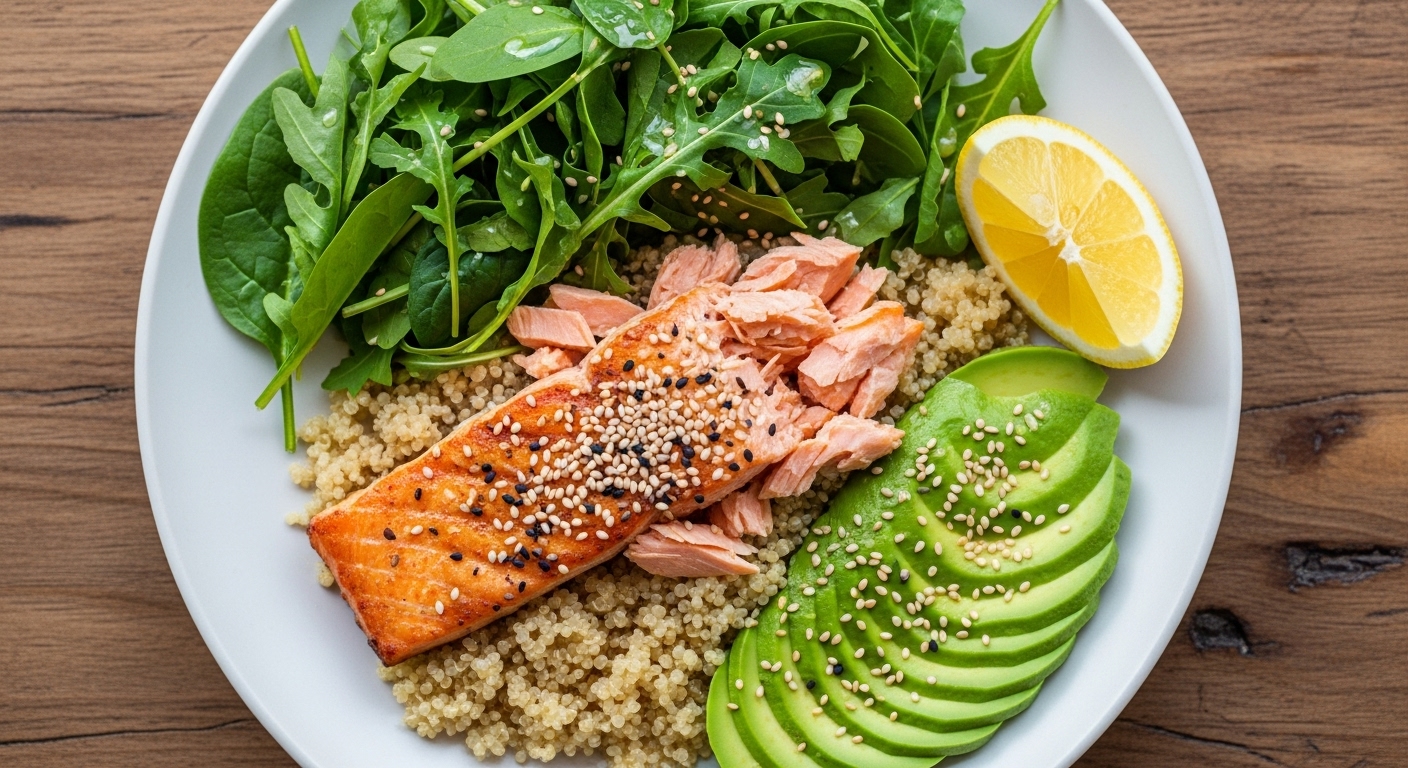Intermittent fasting (IF) has become one of the most talked-about lifestyle changes in modern nutrition—and for good reason. The 16:8 method, where you fast for 16 hours and eat within an 8-hour window, is simple, flexible, and rooted in both science and ancient wisdom.
But what exactly happens inside your body during those 16 hours? Is it just about skipping breakfast, or does your system go through deeper metabolic changes?
Let’s explore what really happens when you fast 16 hours a day—and how your body responds at every stage.
🧬 What Is Intermittent Fasting?
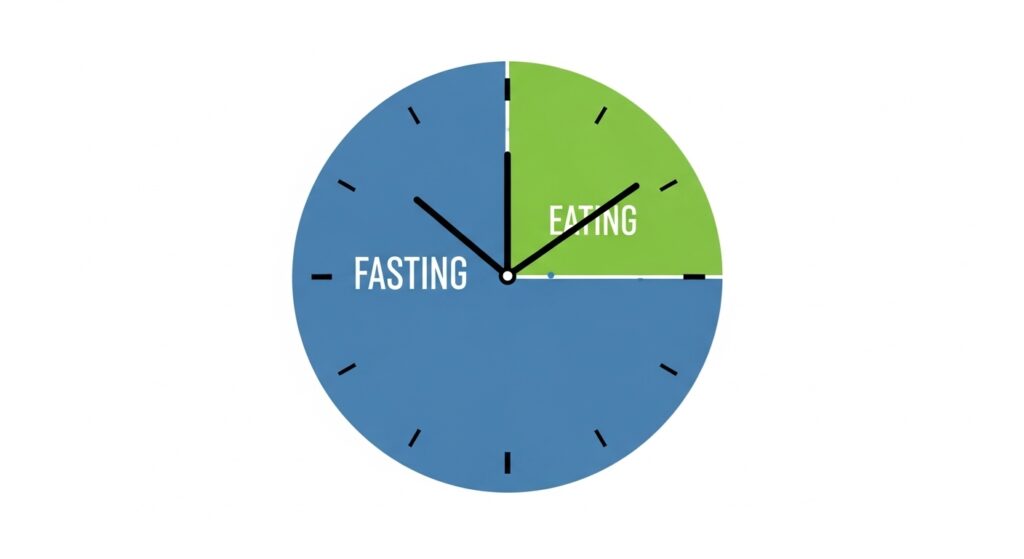
Intermittent fasting isn’t a diet—it’s an eating pattern. The most popular method, the 16:8 protocol, involves fasting for 16 hours and eating all meals within an 8-hour window. For example, you might eat from 12 p.m. to 8 p.m. and fast the rest of the day.
No calorie counting. No special foods. Just time-restricted eating.
🌙 Our bodies are naturally designed for cycles of feast and fast. Giving your system time to rest may unlock surprising health benefits.
⏳ What Happens to Your Body Hour by Hour
0–4 Hours After Eating
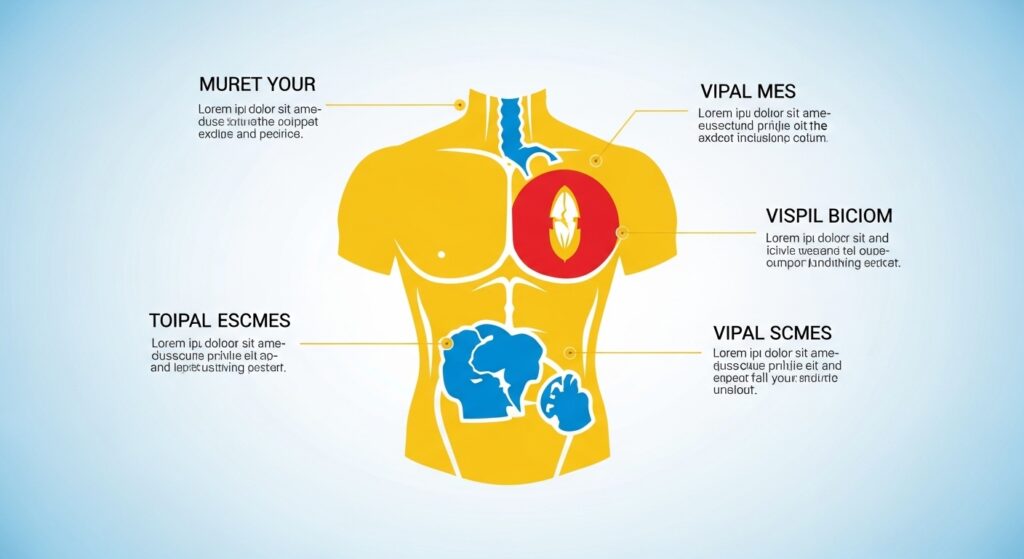
- Your body uses glucose from your last meal for energy.
- Insulin levels rise to help store excess glucose.
4–8 Hours
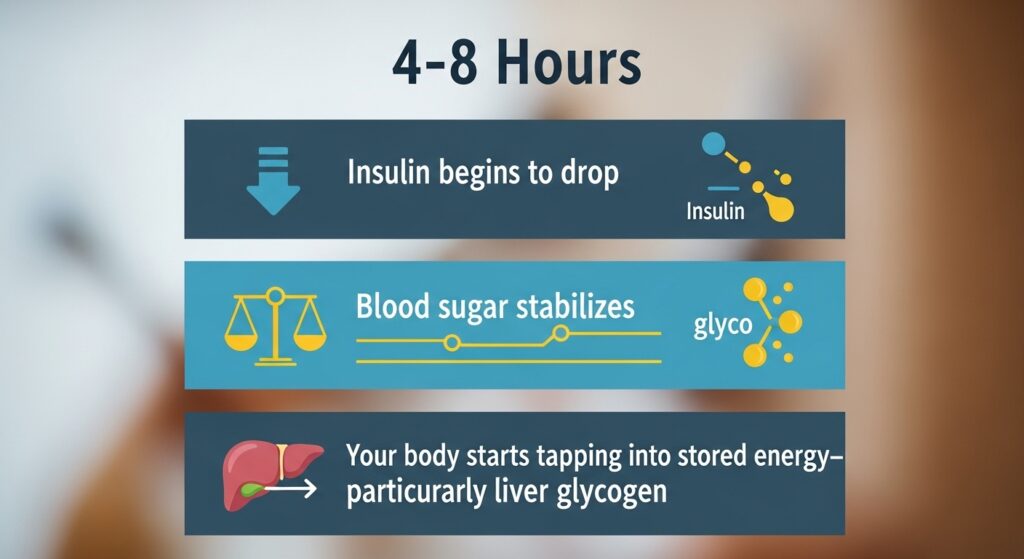
- Insulin begins to drop.
- Blood sugar stabilizes.
- Your body starts tapping into stored energy—particularly liver glycogen.
8–12 Hours
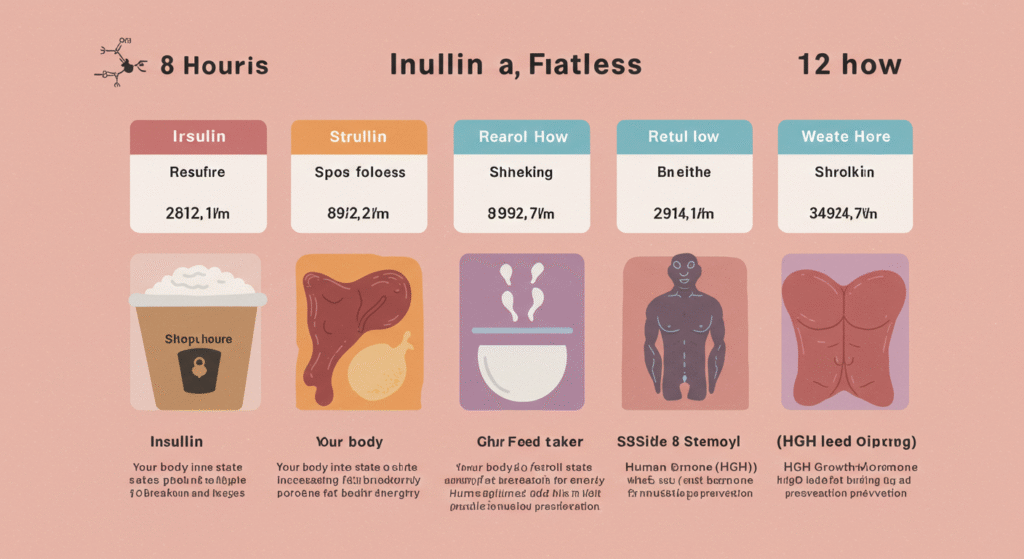
- Insulin is low.
- Your body enters a fasted state, increasing fat breakdown for energy.
- Human Growth Hormone (HGH) levels begin to rise (aids fat burning and muscle preservation).
12–16 Hours
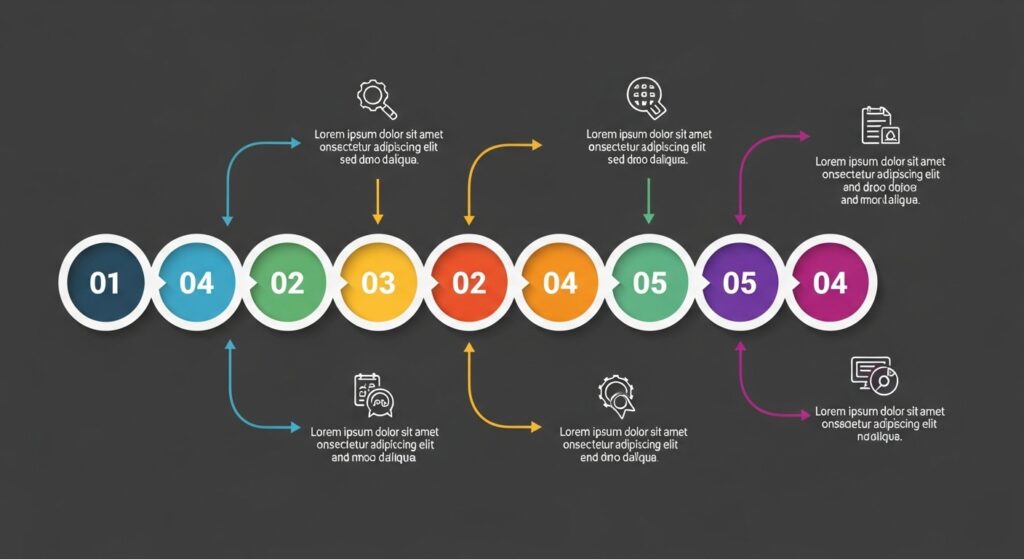
- Fat burning intensifies.
- Ketone production begins (alternative brain fuel).
- Autophagy (cellular cleansing) starts—your body begins recycling damaged cells and proteins.
🧪 Research published in Cell Metabolism highlights autophagy as a key anti-aging mechanism triggered by fasting.
🩺 Benefits of 16-Hour Daily Fasting
✅ 1. Improved Metabolic Health
Fasting enhances insulin sensitivity, helping to reduce the risk of type 2 diabetes and metabolic syndrome.
✅ 2. Supports Fat Loss (Without Muscle Loss)
With insulin low and growth hormone elevated, your body shifts to burning fat for fuel while preserving lean mass.
✅ 3. Better Digestive Rest and Gut Health
Your gut gets a break from constant digestion, which can reduce bloating, improve microbiome diversity, and enhance nutrient absorption during eating periods.
✅ 4. Cellular Detox (Autophagy)
Fasting triggers internal clean-up. Your body clears damaged cells and misfolded proteins, potentially reducing the risk of chronic diseases.
✅ 5. Mental Clarity and Energy
Many people report increased focus and energy during fasting windows—possibly due to stabilized blood sugar and ketones fueling the brain.
🍽️ What to Eat During the 8-Hour Window
Fasting isn’t a license to binge. What you eat matters just as much as when.
Prioritize:
- Whole foods (leafy greens, lean proteins, healthy fats)
- Fiber-rich carbs (sweet potatoes, legumes, oats)
- Hydration (water, herbal teas, black coffee during fasts)
- Healthy fats (avocados, olive oil, nuts)
Avoid:
- Refined sugar and processed foods
- Overeating out of hunger panic
- Excess caffeine (it’s dehydrating)
⚠️ Who Should NOT Fast 16 Hours
While IF works for many, it’s not for everyone.
Avoid or consult a doctor if you are:
- Pregnant or breastfeeding
- Under 18
- Diabetic (on medication)
- Underweight or struggling with an eating disorder
- On chronic medications requiring food intake
🧘 Tips for Getting Started
- Start slow: Try 12:12 fasting, then gradually move to 14:10 or 16:8.
- Hydrate throughout your fast.
- Use herbal teas or lemon water to curb hunger.
- Break your fast gently with protein, fiber, and healthy fats.
Final Thoughts
Intermittent fasting isn’t a magic bullet—but it’s a powerful tool. By aligning your eating habits with your body’s natural rhythms, you can unlock clearer thinking, better digestion, sustainable weight loss, and a healthier metabolism.
The key? Start slow, listen to your body, and stay consistent. Your skin, gut, and energy levels just might thank you.





